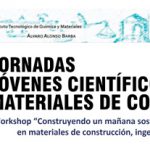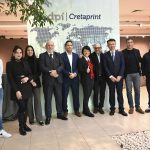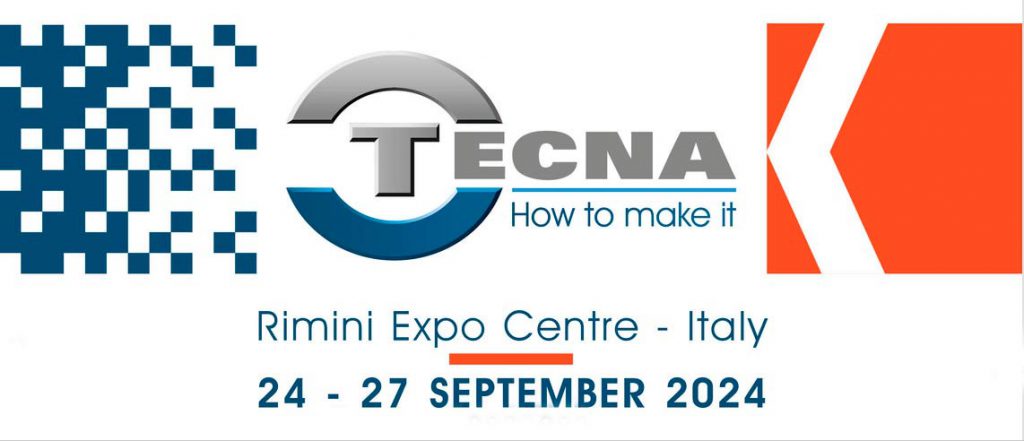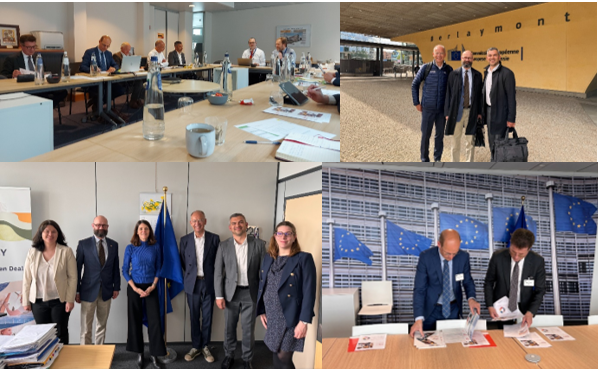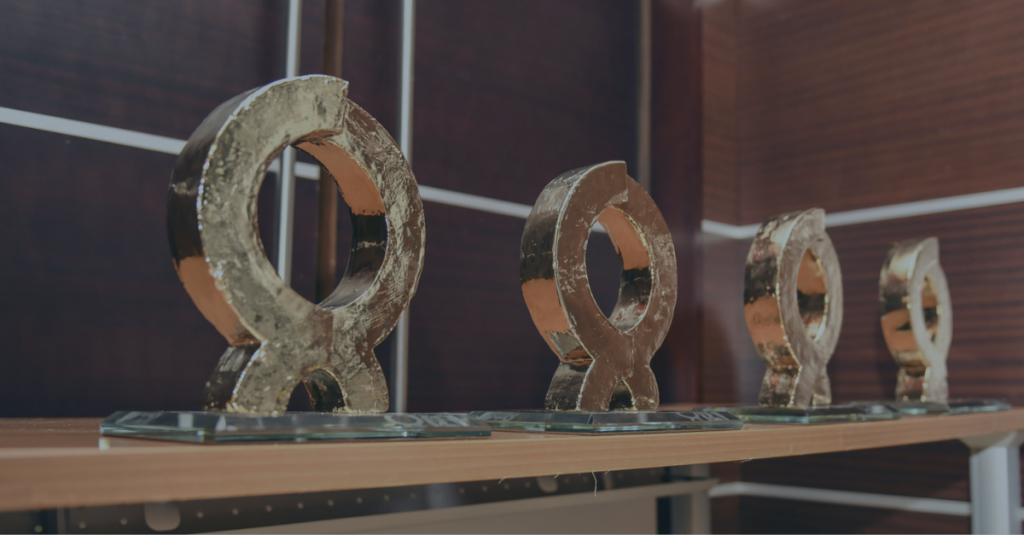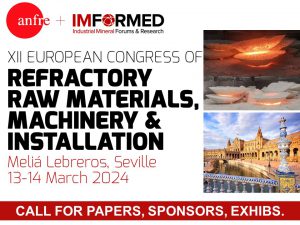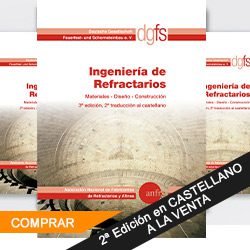Una de las principales causas de averías de maquinaria industrial es ignorar señales de advertencia, lo que puede derivar en consecuencias nefastas para cualquier empresa. En esta línea, un fallo de cualquier máquina involucrada en el trabajo diario de un negocio se traduce en pérdidas económicas significativas, pero también en retrasos en la producción o incluso en posibles riesgos para la seguridad de los trabajadores.
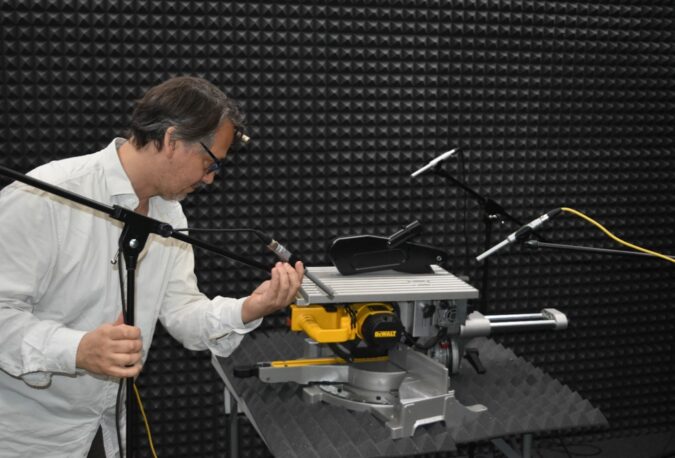
ITI, centro tecnológico privado especializado en TIC, está trabajando en el proyecto Soroll-IA2, financiado por el Instituto Valenciano de Competitividad Empresarial (IVACE+i) y el Fondo Europeo de Desarrollo Regional. En concreto, Soroll-IA2 persigue crear una base de datos de audios para obtener información relevante que pueda ser usada como herramienta de mantenimiento predictivo y ayude a prevenir posibles averías a través del reconocimiento de sonidos. El proyecto IA2 (número de expediente IMDEEA/2022/91), que está en su segunda anualidad, se ha dividido en dos partes. Por un lado, la grabación y captura de datos de audio en entornos industriales y, por el otro, el etiquetado y la clasificación de estos. Los datos se recogen a través de una serie de nodos acústicos ubicados en lugares estratégicos y, mediante técnicas de Machine Listening, se extrae información de valor. Es una tecnología de IA que trabaja y diseña algoritmos y modelos capaces de extraer conocimiento e información relevante a partir de señales de audio.
Hasta ahora, el principal problema era la falta de audios para entrenar los modelos de IA. Por ello, la primera fase del proyecto se ha centrado en recopilar los datos necesarios para crear una base de datos de sonidos contextualizados en la Comunitat Valenciana dentro de un entorno industrial a través de una red de sensores acústicos de Internet of Things (IoT). En este sentido, la principal característica de Soroll-IA2 es la captación de sonidos para su posterior clasificación en tres tipos de ambientes diferentes: exteriores, interiores y en sala.
Para cada tipo de grabación ITI está colaborando con empresas del sector industrial con el objetivo de obtener datos de valor que puedan aportar información relevante en el día a día. El Puerto de Valencia aporta los sonidos en exteriores enmarcados en un entorno portuario. Las empresas DCM Automatizada y CASVA Simetría ofrecen la oportunidad de grabar sonidos industriales en ambientes interiores y, de la mano de Fermax y sus videoporteros, se recolectan sonidos grabados en sala.
Los datos de audio constituyen la información con la que se entrenan los modelos de IA para que estos realicen tareas de detección, clasificación y reconocimiento de patrones de sonido. Una posible aplicación de lo que se obtiene gracias a los sonidos es la identificación de fuentes de contaminación acústica, pero, como destaca Andrea Ceba, gestora del proyecto Soroll-IA2 en ITI, “lo verdaderamente importante del proyecto es la información obtenida”.
Los sonidos, debidamente procesados, dan información de valor que puede ser utilizada en diversos ámbitos, aunque el proyecto se está centrando en el uso de estos datos en entornos industriales. Cabe destacar que el mantenimiento predictivo es el objetivo futuro al que se quiere llegar gracias al análisis de los sonidos que más adelante deriven en averías.
“Una de las principales características de las máquinas industriales es que hacen ruido; un análisis de dichos sonidos mediante IA puede darnos información del estado de la máquina y observar si se produce una desviación respecto a su funcionamiento normal. Se espera que el mantenimiento predictivo acabe reemplazando al mantenimiento preventivo clásico, debido a la reducción de costes que conllevaría su uso”, señala el investigador principal del Grupo de Investigación de Audición por Computador en ITI, Pedro Zuccarello.
En el marco del proyecto, ITI ha creado una sala de grabación propia en la que está recogiendo, por ejemplo, los sonidos de los videoporteros de Fermax con el objetivo de recoger datos para entrenar algoritmos de IA que sean capaces de reconocer alarmas sonoras.
Esta sala de aproximadamente 11 m2, ubicada en la nueva sede del centro tecnológico en el Parque Tecnológico de Paterna, es semianecoica. Esto significa que el camino directo del sonido prevalece ante las reverberaciones. Esta condición, sumada a los equipos de audio de alta precisión, permiten al equipo de ITI obtener evidencias de sonido de primera calidad. La sala de grabación otorga, además, una mayor autonomía a ITI para grabar sonidos en proyectos concretos y adaptarse mejor a posibles necesidades de empresas colaboradoras, que requieran de este tipo de servicio.
La sala semianecoica, dice Zuccarello, “permitirá un desarrollo mucho más eficiente y acertado de proyecto de I+D orientados a dar soluciones industriales basadas en modelos de IA dentro del área de audición por computador”.
Desde su nacimiento (1994), el trabajo de ITI ha estado íntimamente ligado a tecnologías que permiten realizar un análisis inteligente de la información. Machine Learning, Reconocimiento de patrones o Sistemas de información distribuidos fueron las primeras líneas de investigación del centro, que hoy han derivado en lo que conocemos como IA, Big Data o Cloud Computing y computación de alto rendimiento (HPC).
Actualmente, con una plantilla de más de 300 personas trabajando en torno a la explotación de datos, ITI es el Centro Tecnológico de referencia a escala nacional y uno de los líderes en el ámbito europeo en estas tecnologías, que se confieren como las grandes revolucionarias de la economía y sociedad presentes y futuras. Esto implica unos 17 millones de EUR anuales en el desarrollo de tecnologías en torno al dato.
Entre otros, ITI es el único representante español del Comité de Dirección de Gaia-X a escala europea y ostenta la presidencia a escala nacional, es miembro del Comité de Dirección de BDVA (Big Data Value Association) y DSBA (Data Space Business Alliance). ITI es asimismo el coordinador de la red de Excelencia Cervera AI4ES, que busca situar a España a la cabeza en IA. Lidera además EUHubs4Data, la federación europea de Big Data Innovation Hubs, INNDIH, Digital Innovation Hub de la Comunitat Valenciana y coordina la red de Excelencia Cervera AI4ES, que busca situar a España a la cabeza en IA. Asimismo, ITI es miembro de la Cátedra STEAM de la UPV, para potenciar el talento tecnológico femenino.
Hoy día 417 empresas desarrollan proyectos con ITI. 268 de ellas han dado un paso más y se han asociado a la entidad, poniendo voz y voto a las TIC.



